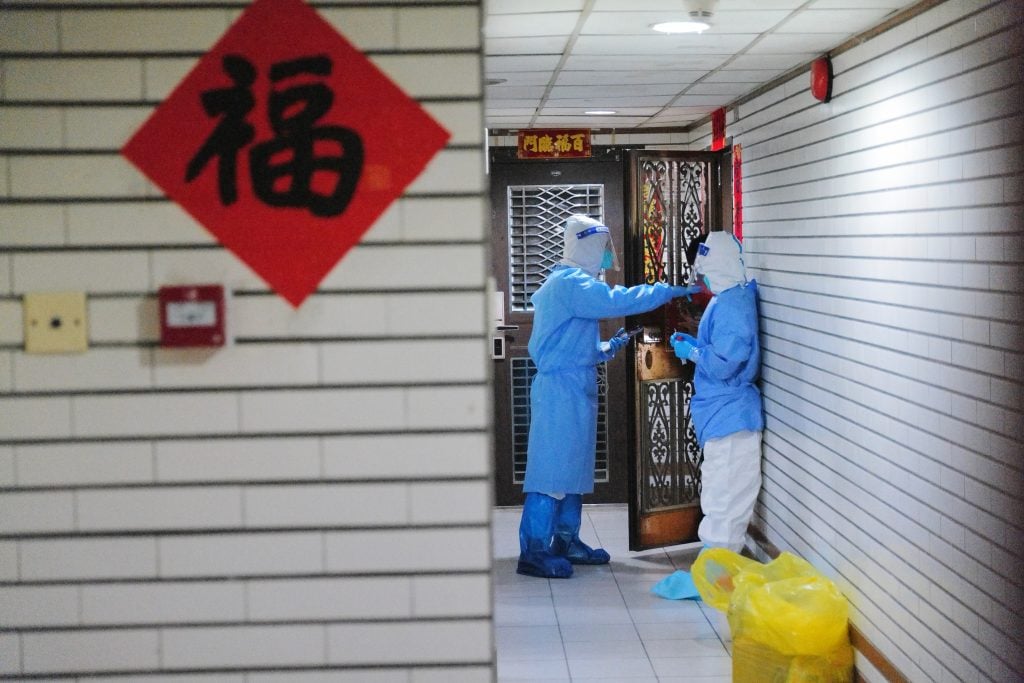Museums & Institutions
Museums in Shanghai and Shenzhen Are Closing Their Doors Once Again as Covid-19 Cases Spike
It remains unclear when they will reopen.

It remains unclear when they will reopen.

Vivienne Chow

Museums and art spaces in Shanghai and Shenzhen are closing their doors as the key cultural hubs in China are hit with the most serious Covid-19 outbreak in two years.
Leading institutions in Shanghai, including the Long Museum, West Bund Museum, Yuz Museum, Museum of Art Pudong, Powerlong Museum, Power Station of Art, and OCAT Shanghai, announced temporary closures on March 10 (the day before authorities ordered schools to shut down as well).
UCCA Edge planned to open a show of work by Thomas Demand on April 2, but it remains uncertain whether it will still happen on schedule.
Shanghai, which has a population of nearly 25 million, has recorded nearly 1,000 new cases, mostly of the Omicron variant, since the beginning of March. Authorities have said there are no plans to fully shut the city down as of now, but they are urging people to work from home and minimize public gathering. China is striving toward a “dynamic Covid-zero” policy, which idiffers from the West’s “living with Covid” approach.
Institutions in Shenzhen, a city of 17.5 million, joined the wave of closures this week as the southern Chinese city went into a strict lockdown through Sunday.
OCAT Shenzhen, the Design Society’s Sea World Culture and Arts Center, and Pingshan Art Museum are among the institutions that have announced closures on their WeChat channels. It is unclear when they will reopen.
Those living in Shenzhen, China’s tech hub, are required to work from home and remain in their own designated districts until further notice. Shops and factories have ceased operations temporarily. Residents are told to take PCR tests at least once every two days throughout the week, according to one art professional who is living in Shenzhen.
As of today, neighboring cities in southern China, such as Guangzhou and Shunde, remain unaffected, and institutions are still open to public.
Hong Kong has also been hard hit by the Omicron variant this year, and has accumulated the highest death toll, surpassing that of the U.S. All institutions and other public areas in the city remain closed until April 20.